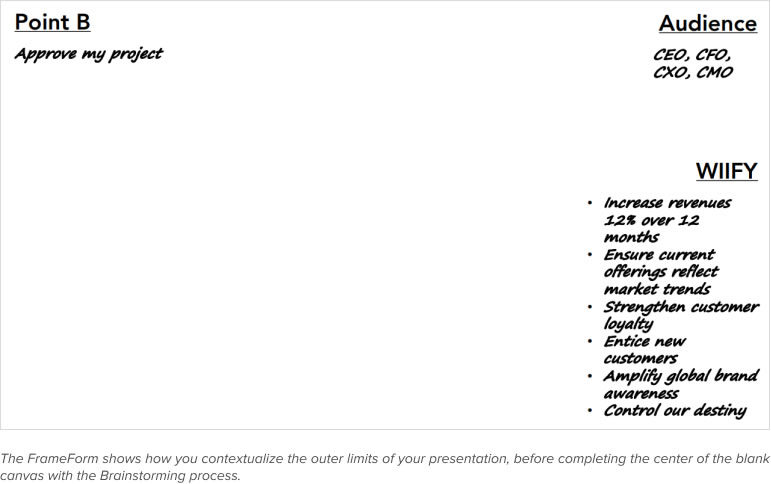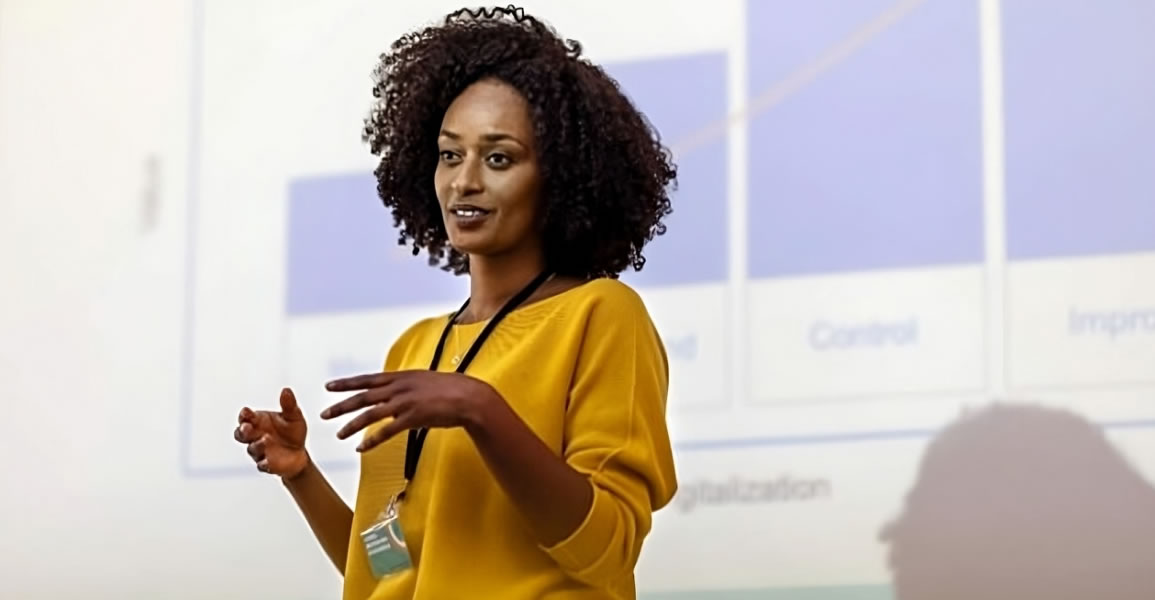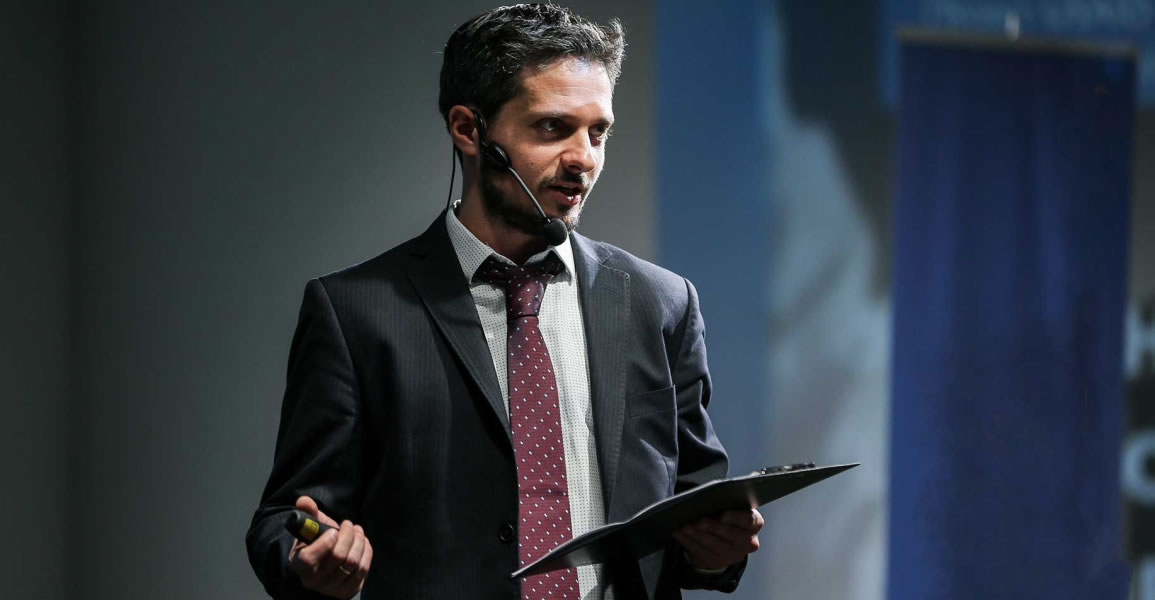
Public speaking is a common fear that many people experience. Whether it’s giving a speech at a wedding, presenting a project at work, or delivering a presentation in front of a large audience, the thought of speaking in public can be intimidating and overwhelming. The fear of public speaking, also known as glossophobia, can be a significant obstacle to personal and professional growth, and it affects people from all walks of life.
The fear of public speaking is a complex emotion that can manifest in a variety of ways. Some individuals may experience physical symptoms such as shaking, sweating, and nausea, while others may feel a sense of anxiety or panic. The fear of being judged or criticized by others can also contribute to glossophobia, as can a lack of confidence or experience with public speaking. Despite its prevalence, glossophobia is not an insurmountable obstacle. With the right tools and techniques, it is possible to overcome this fear and become a more effective and confident speaker.
In this article, we will explore the causes and effects of glossophobia, as well as provide public speaking tips and strategies to help overcome this common fear.
What are the Signs of Anxiety?
Focus on your Message
Connect with the Audience from the Start
Preparation and Organization
Use Visuals
How to Look Confident
How to Sound Confident
Rehearse When You’re Alone
Believe in Yourself
Why Am I Afraid of Public Speaking?

It’s no secret the fear of public speaking is a top, if not the top, fear. It’s so accepted that it’s become ingrained in popular culture. You can find jokes about the topic in comic strips, television shows, and movies.
But why do we laugh about it, if it’s such a recognized fear? One reason why people make jokes about things they fear is that humor can help to reduce tension and anxiety around a particular topic. Fear is often associated with a feeling of powerlessness, and joking about the thing that scares us can give us a sense of control or mastery over the situation.
What are some of the reasons people fear public speaking?
- Fear of failure: Many worry they might make a mistake, forget their lines, or fail to connect with their audience.
- Fear of judgment: Many feel that their audience will judge them harshly or that they will be criticized or ridiculed.
- Lack of experience: Some presenters have had limited opportunities to speak in public, and this lack of experience can make them feel uncertain and anxious.
- Self-consciousness: Some are uncomfortable about being the center of attention and feel that people will focus on their flaws or imperfections.
- Perfectionism: Some have high standards for themselves and are concerned they won’t meet their expectations when speaking in public.
- Traumatic past experiences: Past negative experiences related to public speaking, such as being bullied or ridiculed on stage, can leave a long-lasting impact and cause individuals to avoid public speaking in the future.
Joking and having a sense of humor can be helpful, but it’s temporary and doesn’t get to the root cause of an issue. Once you address what’s causing the fear, make a plan, and practice speaking techniques to overcome the fear you can be set free. Instead of laughing about your fear, you can laugh about the fear you used to have. That’s truly empowering and as thousands of people have already done, you can overcome your fear of public speaking, too.
What are the Signs of Anxiety?

If you feel anxious at the thought of public speaking you’re not alone. Up to 75% of the population experience some form of anxiety around public speaking. Anxiety is serious, and can be severe enough to seek professional help in some cases. However, when it comes to anxiety around the idea of being a public speaker, most people can overcome it with the right support, training, and public speaking tips.
Common signs of anxiety around public speaking can include, but are not limited to:
- Excessive worry or fear: Anxiety is characterized by persistent and excessive concern or fear, often accompanied by physical symptoms such as sweating, trembling, or a racing heart.
- Difficulty concentrating: Anxiety can make it difficult to concentrate or focus, as the mind may be preoccupied with worries or concerns.
- Panic attacks: In severe cases, anxiety can lead to panic attacks, which are characterized by intense fear or discomfort and physical symptoms such as chest pain, shortness of breath, or dizziness.
- Avoidance behavior: People with anxiety may try to avoid situations or activities that trigger their anxiety, such as social events or public speaking.
It’s very common to experience anxiety or nervousness about public speaking. Many people experience some degree of anxiety or stage fright when speaking in front of a group, whether it is a small meeting or a large audience. In fact, public speaking anxiety is one of the most common fears reported by people of all ages and backgrounds.
It is important to note that experiencing some degree of anxiety about public speaking does not necessarily indicate a disorder or problem. It is a normal and natural response to a stressful situation, and many people find that with practice and preparation, their anxiety decreases over time while their public speaking skills increase.
BE AN EFFECTIVE COMMUNICATORSuasive Presentation Coaching
Our ProgramFocus on your Message

Having a plan you know will work is the best way to ease anxiety. The majority of people who have anxiety about public speaking have fear because their subconscious mind is telling them they are not prepared. And most of the time the subconscious mind is telling the truth.
The Suasive Story Development Process is a unique approach to developing presentations that focuses on crafting a compelling message before ever touching a slide. This process recognizes that the most effective presentations are those that communicate a clear and compelling message, and that slides should be used as an effective tool to support that message, rather than the other way around.
This means taking the time to define the core message that you want to communicate to your actual audience, and then building your presentation around that message. By doing this, you ensure that every slide and every main point you make is in service of the overall message and that your presentation is cohesive and easy to follow. It also ensures you engage and maintain the audience’s attention.
The Suasive Story Development Process also emphasizes the importance of audience analysis. Before developing your message, you need to understand your audience—their needs, interests, and motivations. This allows you to tailor your message to your audience and ensure that it resonates with them. By understanding your audience and crafting a message that speaks directly to them, you increase the chances that your presentation will be effective and impactful.
Another key component of the Suasive Story Development Process is the use of storytelling. This approach recognizes that people are wired to respond to stories, and that stories are an effective way to convey new information and create an emotional connection with your audience. By incorporating storytelling into your presentation, you make your message more engaging and memorable, and increase the likelihood that your audience will remember and act on your message.
When you stay focused on your message, understand your audience, and incorporate storytelling, you can create great presentations that are more effective, engaging, and memorable.
Connect with the Audience from the Start

FrameForm: Establish the Context
The first part of your presentation is the time to hook your audience or lose them. Obviously, you want to hook them and hold them, so you need to think about how you’re going to connect with your audience from the start.
Start by thinking about your presentation story as a blank frame, just like painters do with an empty canvas. Establish the context of your presentation by first defining the outer parameters. On the left side of your canvas write down what you want to accomplish in your presentation – your goal, or your Point B. On the right side, jot down your analysis of your target audience: who they are, what they know, and what they need to know.
Also on the right side of the FrameForm are your WIIFYs (pronounced “whiffy”). WIIFY is an acronym that stands for “What’s in it for you?” based on the more common axiom “What’s in it for me?” The shift from “me” to “you” is deliberate, not just to leverage the power of “you” as a direct connection with the audience but to shift the focus from the presenter to the audience.
This shift gives the audience a benefit, and a benefit gives them the reason to move from Point A to Point B. People need a reason to act, and it must be their reason, not yours. The WIIFY is their reason.
A simple way to look at these terms is that Point B is what you want your audience to do, and the WIIFY is why they should do it. Presenters should state their Points B and/or their audience’s WIIFYs often
throughout their stories.

Remember, every presentation is for one audience, on one occasion, presented by one set of presenters, conveying one story, with one purpose.
For example, imagine you have a week of presenting to a number of various firms seeking financing for your startup. Monday you’re pitching to Firm A, Wednesday Firm B, and Friday Firm C. Can you deliver the same presentation to each firm? No.
You may repurpose much of the content, but every presentation must be customized for each audience. After you’ve used the FrameForm process to create one presentation, creating the next presentation will go a lot faster because you now have a repeatable framework to use.
Eventually, you’ll grow so familiar with the process that you’ll be able to click and drag parts of one presentation into another. The purpose of the FrameForm is to differentiate yourself. Most people have this idea that there’s a one-size-fits-all presentation or corporate pitch.
Every presentation must be unique for every audience. When your audience recognizes from the start that your presentation has been tailored specifically for them – that’s how you connect from the start.
How to tell your story so the audience feels it’s their story.
Our MethodologyPreparation and Organization

Ten Steps of Suasive Story Development
Now that you’ve identified your one audience you’ll need to start developing your story. The Suasive Story Development process has ten key steps.
- FrameForm: Establish the context of your presentation with your Point B, your audience, and their WIIFYs.
- Brainstorm: Explore and capture all your potential ideas in a free flow. Do this data dump in your preparation, not in your presentation.
- Distillation: Find the two to six key ideas, clusters, or Roman columns.
- Flow Structure: Arrange your Roman Columns in a sequential progression using both Inductive and Deductive Logic.
- Opening Gambit Sequence: Capture your audience’s attention with a digest of your entire story.
- StoryForm: Wrap your story in a package that has a clear beginning, middle, and end.
- Verbalize/Timing: As Vince Lombardi is said to have advised, “Practice does not make perfect. Only perfect practice makes perfect.”
- Spaced Learning: Another look is a fresh look which helps you to discover what might not have been apparent in the first look.
- Linkages: Bind the building blocks of your story with verbal mortar.
- Language: Express more confidence with PowerWords.
Use Visuals

Visuals can be a great addition to your presentation. The key point here is “addition.” Visuals are a supplement that add to your presentation, help with flow, and highlight important points you want the audience to remember. Your presentation cannot be you standing in front of people and reading slides. Your visuals cannot be the center of your presentation.
The only role of slides in a presentation is to support your story. A presentation is a presentation and only a presentation. It’s not a document, a PowerPoint slide, or a montage of video clips.
The guiding principle to realize when it comes to visuals is Less Is More.
Think of every slide in your deck as a highway billboard. Advertisers design these expensive roadside monuments for their audience who are seated in automobiles zipping by at high speeds. Size of course matters in the context, but even more the messaging and imagery.
Your presentation audience will be sitting in stationary chairs, but their minds will be zipping by at high speeds, thinking about emails, text messages, phone calls, meetings, or personal matters. They don’t have the brain energy or attention bandwidth to figure out what you’re trying to communicate. So when you apply the Less is More principle to your slides, your audience should be able to look at it, understand it quickly, and refocus on you.
Why? Because you are the presentation. You’re in control, not your visual aids. Your goal is to have your audience remember you and your message — not your visual aids.
COMMUNICATION
WITH PURPOSE
How to Look Confident

How do you look confident if you don’t feel confident? Good question. Like everything with presentations and public speaking, there are tools and strategies you can use to look confident. When you know you look confident, that’s when you feel confident. Looking confident is all about body language. Learning how to have good body language is one of the most important public speaking skills to learn.
EyeConnect
Eyes are the most impactful aspect of all human communication. Every time you pick a person to have a one-on-one conversation with you, always first connect through your eyes. Use EyeConnect to look at that person until they look back at you. This extends the duration of normal eye contact so the eyes engage and you feel them “click.”
In today’s remote world you’ll often find yourself presenting on a webcam. It’s even more difficult to make eye contact through a webcam, but it’s just as important as in person. We call EyeConnect done virtually CamConnect.
To maintain CamConnect with your webcam, drag the gallery view of your participants to the top of your computer screen, just below the webcam and minimize the distance your eyes move. While this view helps you see your audience in a peripheral view, keep your eyes on the webcam. Make sure your eyes are on an even level with the lens. The physical separation from your audience in virtual presentations makes CamConnect even more important.
When you make EyeConnect or CamConnect and are able to hold it, it shows that you’re confident. You may break it when you’re thinking—this is common — but when you’ve gathered your thoughts, reconnect with your audience’s eyes to deliver the message.
ReachOut
If you find yourself in an in-person presentation standing in front of an audience, in a conference room, or on the stage, you’ll notice a natural gap has formed between you and the audience. As a communicator, your job is to close the gap. Do it by simply extending your arm in a ReachOut position.
When you ReachOut, you replicate a handshake, the universal symbol of human communication. The significance of the handshake dates back to Athens around 410 BC.
Be sure when you practice speaking using the ReachOut technique that you fully extend your arm with your palm open, facing upward, with all your fingers extended. Do this each time you say the word “you.” Raise one arm upward on “you” and then bring it back at your sides. Repeat with the opposite arm.
Strong eye contact and a firm handshake are two of the best ways to demonstrate confidence, so remember to use EyeConnect, CamConnect, and ReachOut during your next presentation.
How to Sound Confident

Your eyes and hands are physical components of projecting confidence, and equally important is your voice. Cadence and the great way you project your voice are critical to projecting confidence to your audience.
Cadence is the equivalent of rhythm in music. Music needs a beat, and speech needs a beat – a metric. When we speak, we don’t form full sentences; we speak in incomplete or partial sentences.
When you speak in a clear and coherent cadence, you will make it easy for your audience to follow you. Speak in a rhythm that meters the progression of your verbal presentation. Speak with a beat. In speech, that metric is a subdivision of a sentence, the irreducible unit of spoken language, the phrase. Then separate each phrase with a pause, keeping some phrases longer and others shorter.
Be sure to use the pause for emphasis. Dead air is a powerful tool. Use it to your advantage.
Instead of pausing, presenters will often use the dreaded “um.” Telling people to not say “um” just produces more “ums.” Instead of thinking about what not to do, think about what to do. Pause. Simply stop and breathe. This is the only way to eliminate “um” and other Unwords.
The breath you take during a pause comes with a big benefit. It fills your lungs with air, providing more fuel for your vocal pump and gives your confident voice more animation.
BE AN EFFECTIVE COMMUNICATORSuasive Presentation Coaching
Our ProgramRehearse When You’re Alone

The final public speaking tip for your presentation is to practice a technique called verbalization. This involves speaking the actual words you will use in your presentation in tandem with your slides, in the actual venue where you will deliver to your audience.
It’s recommended to verbalize alone by saying your entire presentation, from beginning to end, over and over again, to an imaginary audience. A lot of business people are reluctant to use verbalization. They say their presentation isn’t “baked” yet, unaware that verbalization aids in the baking process, and is in fact a critical component to “bake” your presentation into your being.
Believing in yourself is the first step towards achieving success in any area of your life, including when speaking publicly. It is natural to feel nervous or uncertain when faced with a challenging audience or situation, but with the right mindset and preparation, you can overcome any challenge and deliver a powerful presentation.
The right preparation always helps you gain confidence and overcome obstacles. By investing time and effort into preparing your message, practicing your delivery, and anticipating potential challenges, you empower yourself with the tools and knowledge needed to succeed. With preparation, you can approach any situation with a sense of calm and confidence, knowing that you have done everything in your power to set yourself up for success.
Public speaking can be a daunting task, but it is a crucial skill in many aspects of eveyday life. Whether delivering a persuasive speech to sway an audience’s opinion, or presenting an informative speech to educate and inform, effective communication is key. A well written speech that is structured and organized can help to overcome these challenges, eliminate bad speaking habits, and keep the audience engaged. With practice and preparation, anyone can improve their public speaking skills, become an effective communicator, and a confident public speaker.
So, whether you are preparing for a job interview, a presentation at work, or an entire speech in front of a large audience, remember to believe in yourself, focus on your message, and prepare to the best of your ability. With these tools at your disposal, you can overcome any challenge and achieve your goals with more confidence and success.
Suasive, Inc. is a Silicon Valley-based communication consulting company that offers public speaking classes for organizations and individuals.
To date, we’ve coached over 600 CEOs and helped individuals in some of the world’s largest companies including Netflix, eBay, Sonos, Lyft, and Freshworks.